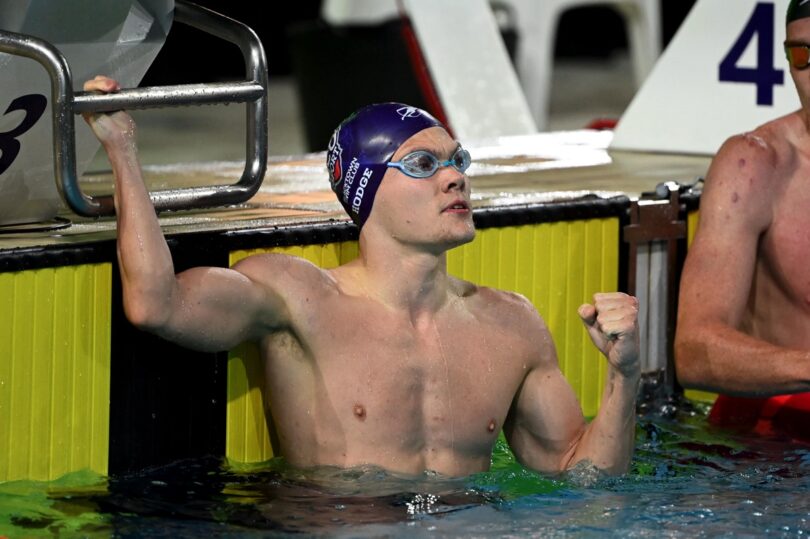
Ricky Betar has qualified to compete in the 200m multi-class individual medley and may also add the 100m backstroke at the Paris Paralympics.
Both spent many of their training years with the club and were announced in the team following stunning performances at the Paralympic Trials at Brisbane Aquatic Centre last week.
General Manager of Paralympic Program Anna Johnson said those selected have proven their ability to step up and perform under pressure and “they will make us proud”.
Just minutes after Ariarne Titmus set the new world mark in the 200m freestyle last week, Auburn Swim Club’s Tim Hodge (S9) broke the world record in the men’s 200m individual medley multi-class.
He was joined by fellow Auburn Swim Club junior Ricky Betar who will compete in the 200m multi-class individual medley and may also add the 100m backstroke.
Both spent many of their junior years at the club and were announced in the team following stunning performances at the Paralympic Trials at Brisbane Aquatic Centre last week.
Now set to line up at his third Paralympic Games, Hodge has won all major titles in the sport except that illusive Paralympic Gold, with Betar bringing home a silver medal in the Mixed 4 x 100m freestyle S14 at the 2020 Tokyo Olympics.
“To win Paralympic Gold, it would be a lifetime achievement,” Hodge said.
“I’m lucky enough to say I’ve achieved every major gold medal in my sport and world records too.
“So the only thing that’s really, really missing is Paralympic Gold.
“If I can achieve that this year, it will be the ultimate accomplishment and I can feel confident if my career ended tomorrow, I’d be satisfied.”
Hodge was born without a fibula bone in his right leg. He also had a bent tibial bone and an unstable ankle. He faced the prospect of his right leg growing at a different rate to his left, leaving him with one leg significantly shorter than the other.
Doctors and his parents agreed that an amputation of the lower half of his leg was the smartest option.
About six months after having his leg amputated, he began learning to swim. He competed in his first school race at the age of nine and joined a club shortly after.
He earned selection for his first Australian team at the age of 14.
Some 12 months later, he made his Paralympic debut in Rio de Janeiro.
When not swimming, he’s studying electrical engineering at Western Sydney University, and working as an undergraduate engineer at a firm.


